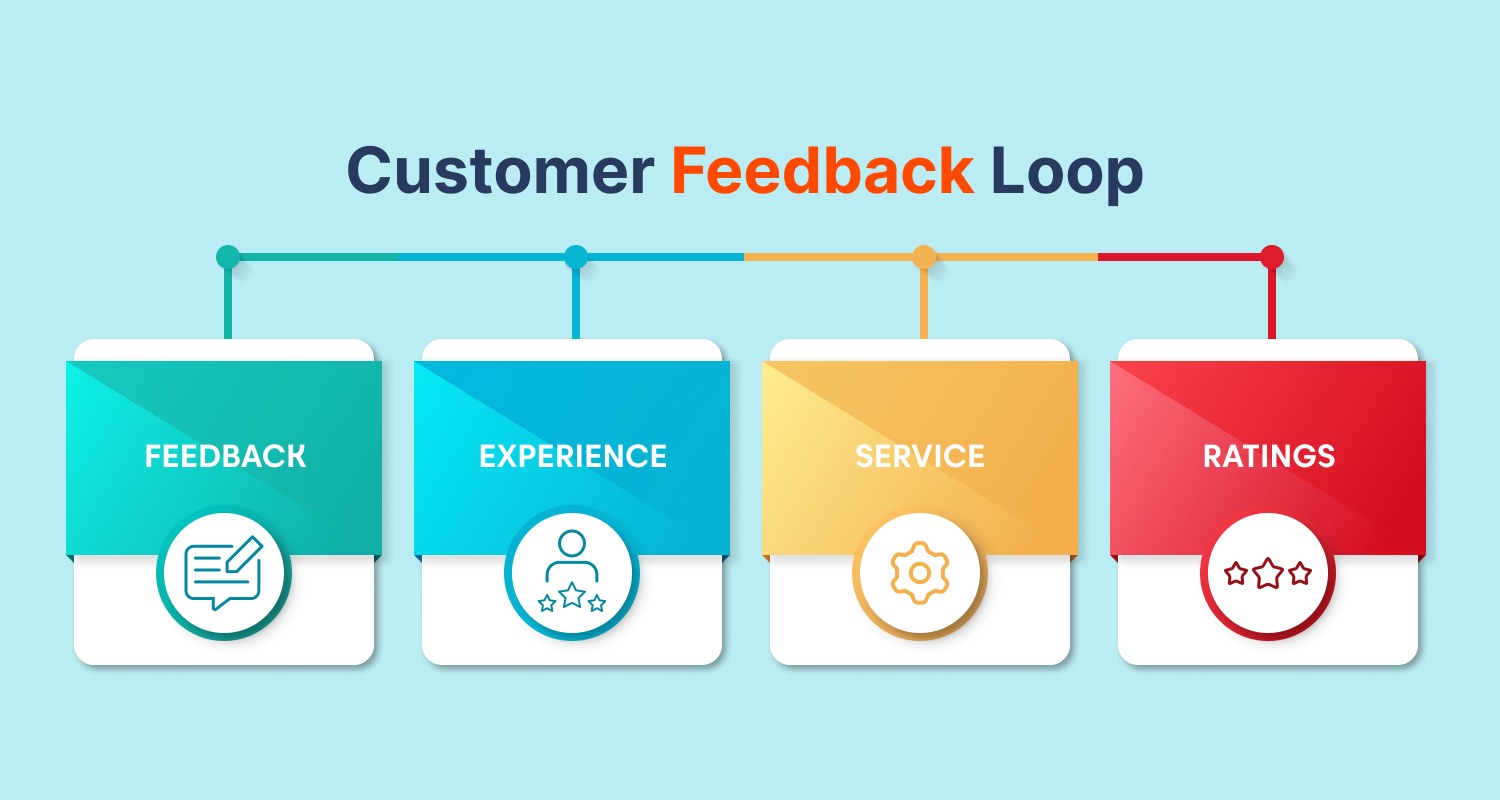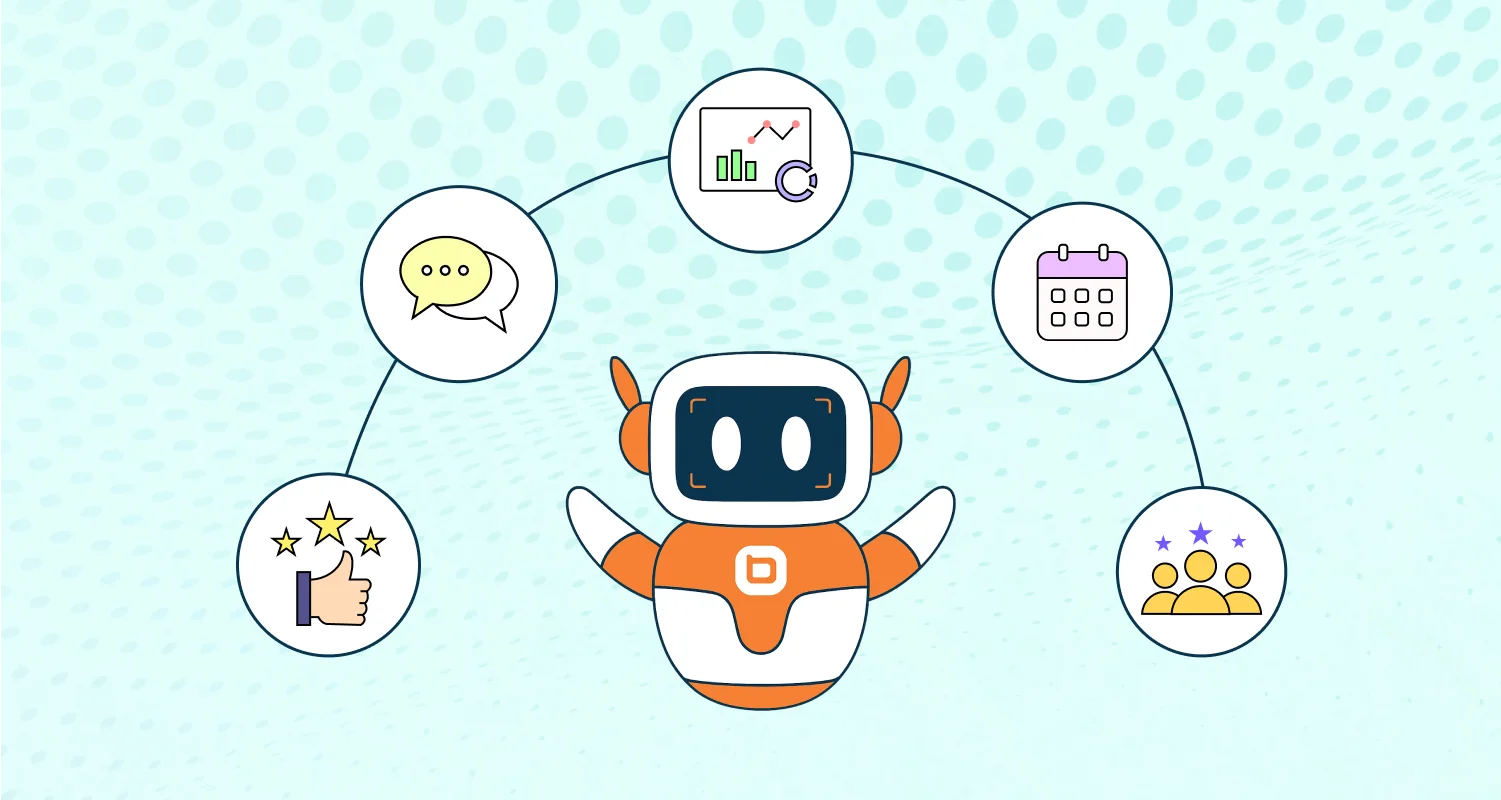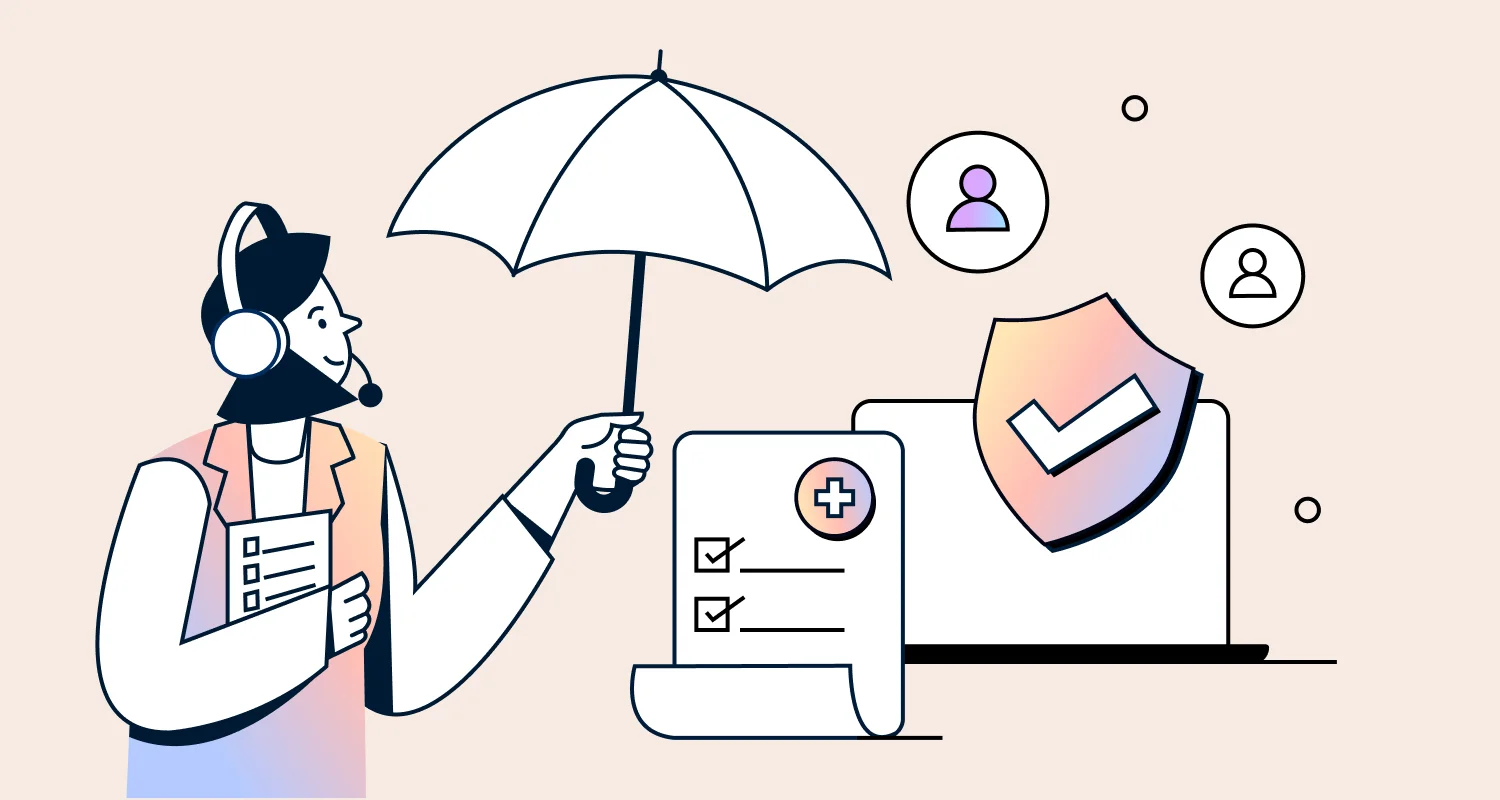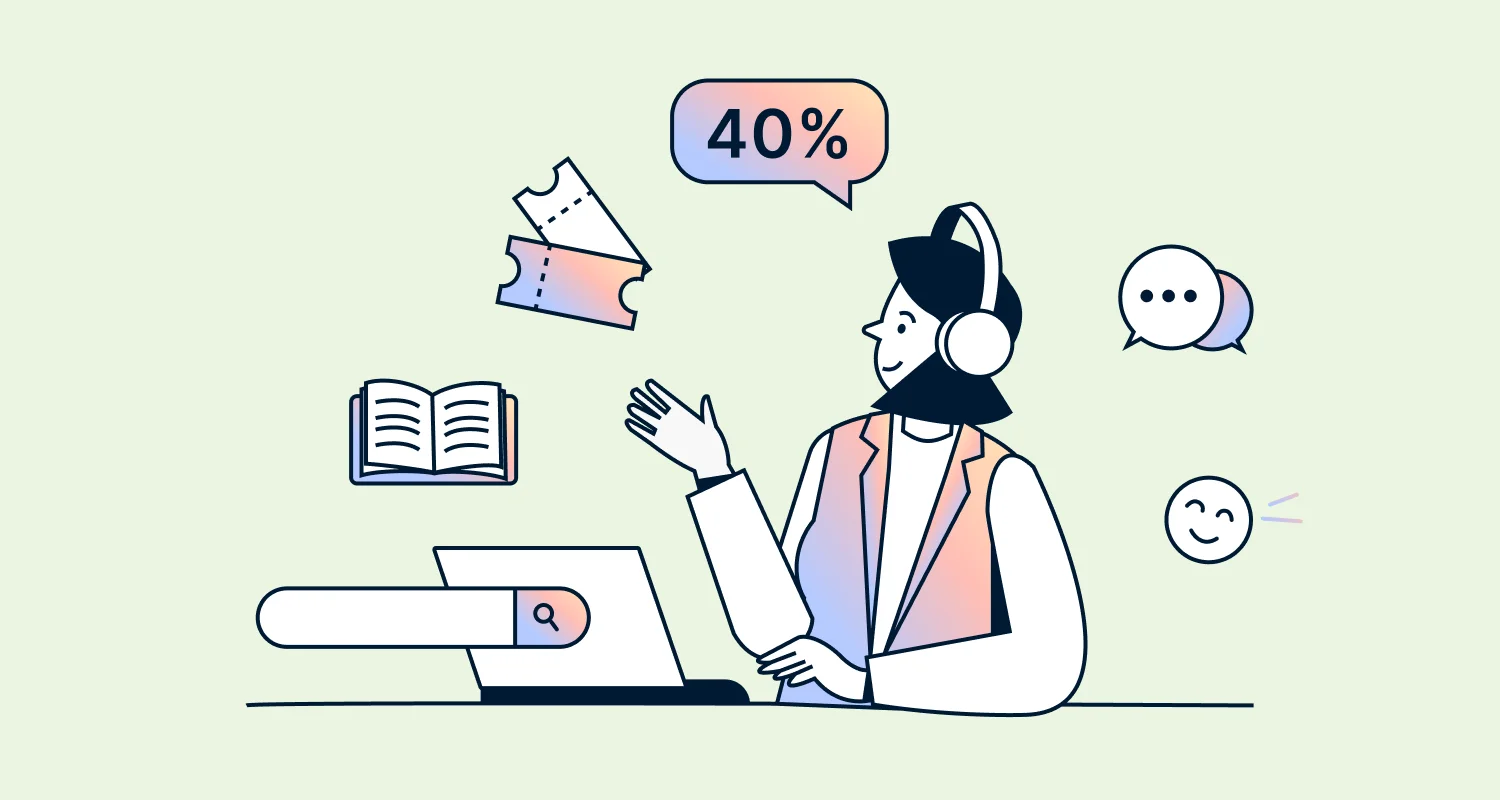Gathering and taking actions on customer opinions are a crucial success factor in a business.
With 55% of United States respondents to a Statista survey believing that most brands act on their customers’ feedback, companies need to put more effort to improve this percentage.
Having a strong customer feedback loop is the solution to providing sufficient client support with guaranteed customer satisfaction for a good customer experience.
This article will examine different key aspects about a client feedback loop in details.
What is a customer feedback loop?
A customer feedback loop refers to a strategy used by businesses to continuously improve products or services based on customers’ feedback. This process involves businesses collecting clients’ feedback, analyzing it, and responding to it.
Based on end-users’ reviews, suggestions, and opinions, businesses can come up with viable solutions and make changes to their brands. They can also improve the overall functionality of their companies.
How to create a customer feedback loop
For a customer feedback loop to be created and implemented successfully, the following five steps should be followed.
1. Gathering information from clients
The first step involves collecting customer feedback. This is done before the customer feedback loop begins.
You can collect feedback from clients through tools like CSAT survey tools, social media, product feedback forums, online review platforms, and email.
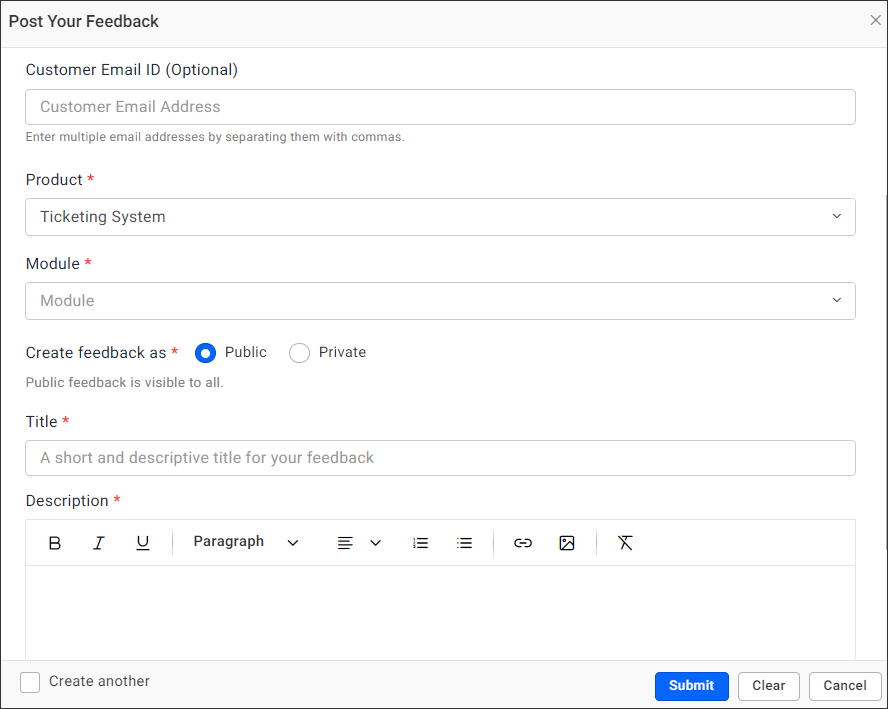
The aim of gathering feedback is to get clients’ opinions, get their reviews regarding a brand or overall company, get their suggestions on areas that need improvement, gauge how satisfied they are with a brand or company, and so forth.
2. Analyze the data
Once you collect the data, it is time to make sense of it. The data will include patterns, facts, and conclusions. Analyzing those means you are trying to convert raw data into information.
In a modern and intuitive help desk, you can get the automatically analyzed data in a customer satisfaction reports dashboard.
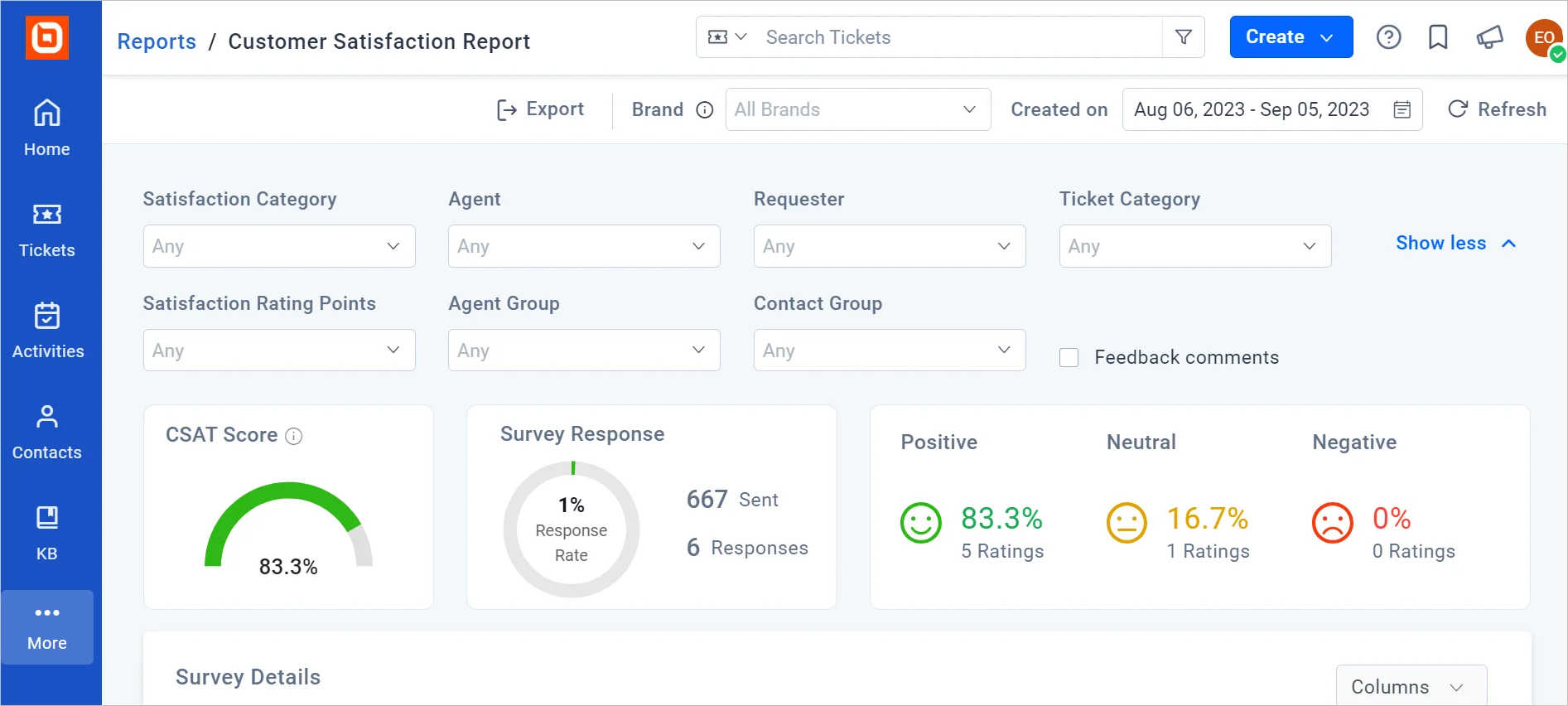
Try to find out regular clients’ experiences, what services they demand, and what brands they wish for. Such information forms valuable insight that will help you identify areas you can improve in.
3. Acknowledge the feedback and respond
This is the most skipped step. Let your clients know you are analyzing what they have said and thank them for their input. You might find it helpful to use automated responses.
Though you may not always be able to act on the client feedback you receive, ensure your customers know you value it.
4. Apply solutions derived from feedback and begin testing
After figuring out the solution, apply it to your product or service. Deal with the most significant and high-priority matters, then proceed to minor issues and changes.
After using your solutions, begin testing the latest updates in the product or service. Make sure that the solutions have completely solved your customers’ issues.
5. Follow up and close the loop
Remember to use the best follow-up strategies to inform your clients about the changes applied to the products or services, and the upcoming ones too.
It is important to let your consumers know that their customer feedback was considered during the brand enhancement process. Once the solutions are implemented, it’s time to gather feedback once again.
Continuous feedback is collected at every step of the customer journey. Constant development is critical to improving customer experience.
Why is the client feedback loop important?
Getting customer feedback is important in ensuring business growth. It is therefore recommended that this practice be done on a regular basis.
In this section, we will discuss why implementing an effective customer feedback cycle is important in today’s businesses and why you need to join the trend.
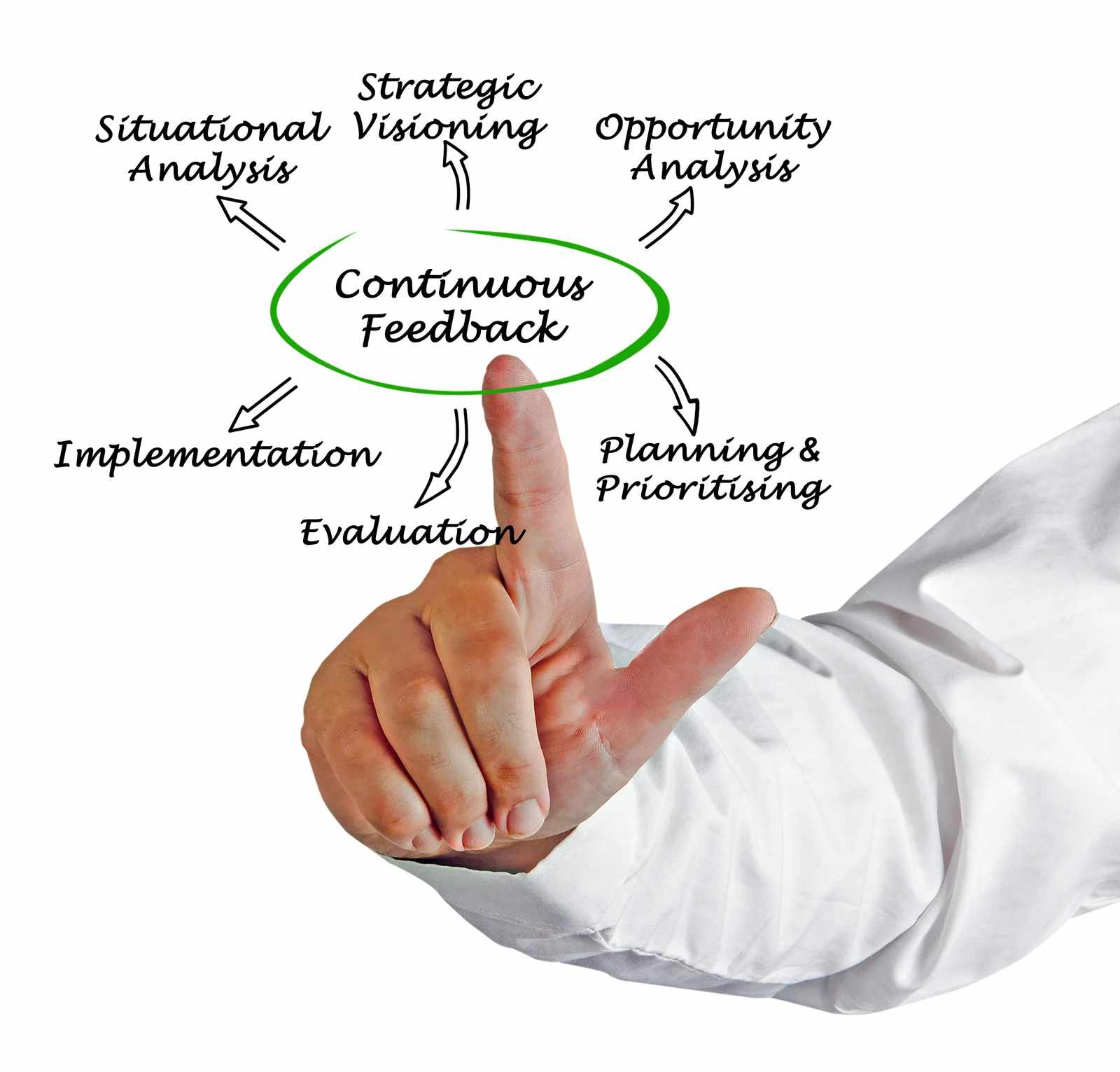
Understand clients’ needs better
Companies can enhance customer satisfaction and foster long-term loyalty by addressing their concerns and understanding client demands.
Identify improvement areas
By gathering customer feedback, businesses can find areas that require advancements in their organization.
This information helps them make data-driven decisions, leading to better offerings that cater to customers’ needs and preferences.
Foster customer retention
When customers feel heard and their concerns are addressed, they will continue conducting business with a company.
According to YouGov research, 15% of clients switch from brands that have lost data.
A feedback loop can help enterprises understand the reasons behind customer churn and adopt corrective customer retention strategies.
Identify loyal and satisfied clients
A consumer feedback loop can help businesses identify their most loyal and satisfied customers, who can be leveraged as brand advocates to promote the company through referrals, testimonials, and social media.
A learning tool for businesses
By continuously gathering feedback, companies can stay informed about changing customer preferences, emerging trends, and potential threats. This allows them to adapt and evolve their brand offerings accordingly.
Best practices for creating and closing the customer feedback cycle
How do you create and close successful feedback loops? Check out a few competent practices to apply.
a. Collect and analyze customer feedback
Be proactive in gathering information from your clients. Encourage consumers to share their thoughts, suggestions, and experiences through surveys, social media, and online reviews.
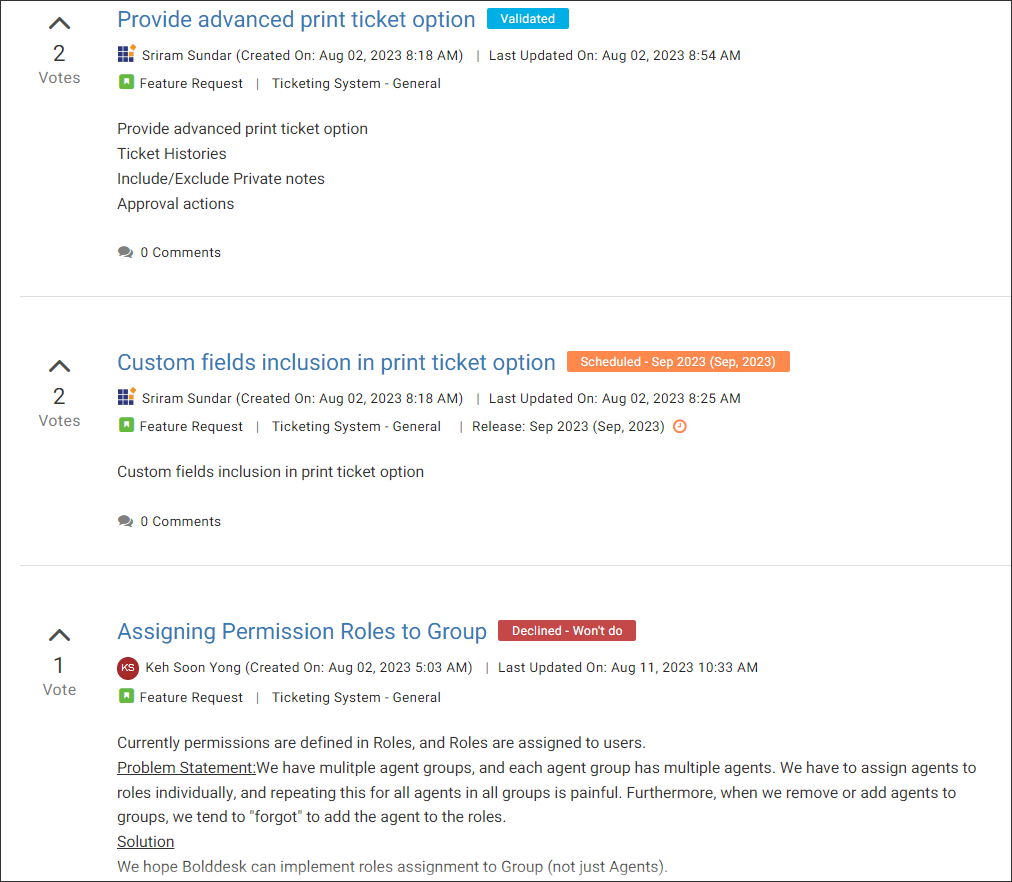
Once you have collected feedback, analyze the data to identify trends. This might involve categorizing feedback into themes, using text analysis tools to identify keywords, or comparing feedback across different customer segments.
b. Prioritize feedback
Before you act on client feedback, make sure you prioritize it based on its potential impact on your organization and the urgency it needs to address.
Forbes research states that client-centric firms are 60% more profitable than other companies. Consider factors like the number of customers affected and the potential harm to your brand reputation. By prioritizing feedback and implementing the best practices, businesses can close the customer feedback loop and use the information to improve customer satisfaction.
c. Open a new customer feedback loop when you close one
This practice ensures that you continuously gather feedback, address concerns, and improve your products or services based on the customer’s input. After addressing feedback, inform the customers about the changes or improvements made based on their input. This indicates that you respect their information and are dedicated to giving them a better experience. The current loop can be closed after that.
d. Retain your customers
Clients frequently slip a critical comment into customer feedback surveys, such as “I have been shopping with you for years and hardly ever received any special offers or deals.” Closing the consumer feedback loop right away is the first sensible action to take to prevent them from leaving.
You can do any of the following actions to ensure your customers stay with your company:
- Promptly provide relevant responses to all client requests, paying close attention to negative feedback.
- Apologize to those with complaints and assure them that the issue is being looked into. Provide solutions where it’s possible.
- Offer loyal clients rewards and discounts to motivate them to stay.
Remember, client retention is dependent on how happy your clients are throughout their customer journey.
Closing your customer feedback loop
Collecting client feedback with accurate information might take a lot of work. However, acting on that information, following up with your consumer, and acting on their feedback has proven to be more difficult. Customer feedback loops are an excellent place to start if you want to enhance customer service and grow your business.
Book a live demo today to see how BoldDesk can help you close the client feedback loop. Start a BoldDesk free trial to experience the many possibilities. Contact the BoldDesk support team for further information and questions.
Related articles
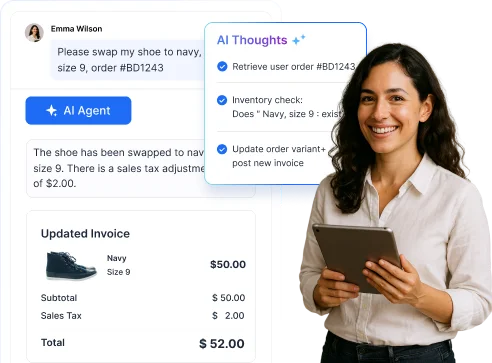


















 Email Ticketing System
Email Ticketing System Shared Inbox Software
Shared Inbox Software Multi Brand Help Desk
Multi Brand Help Desk Internal Help Desk Software
Internal Help Desk Software Trouble Ticketing Software
Trouble Ticketing Software Mobile Help Desk
Mobile Help Desk 









